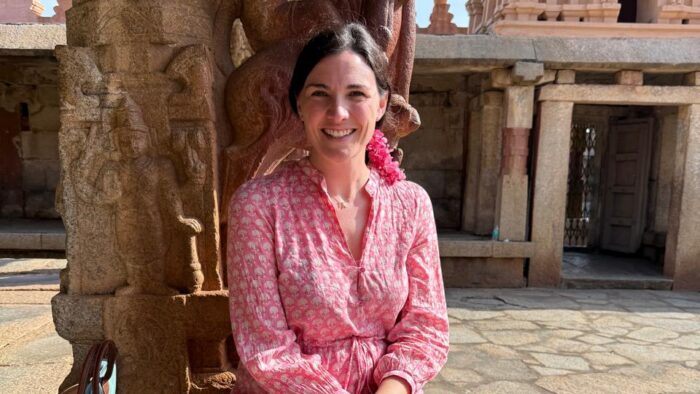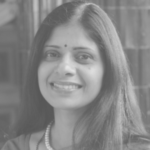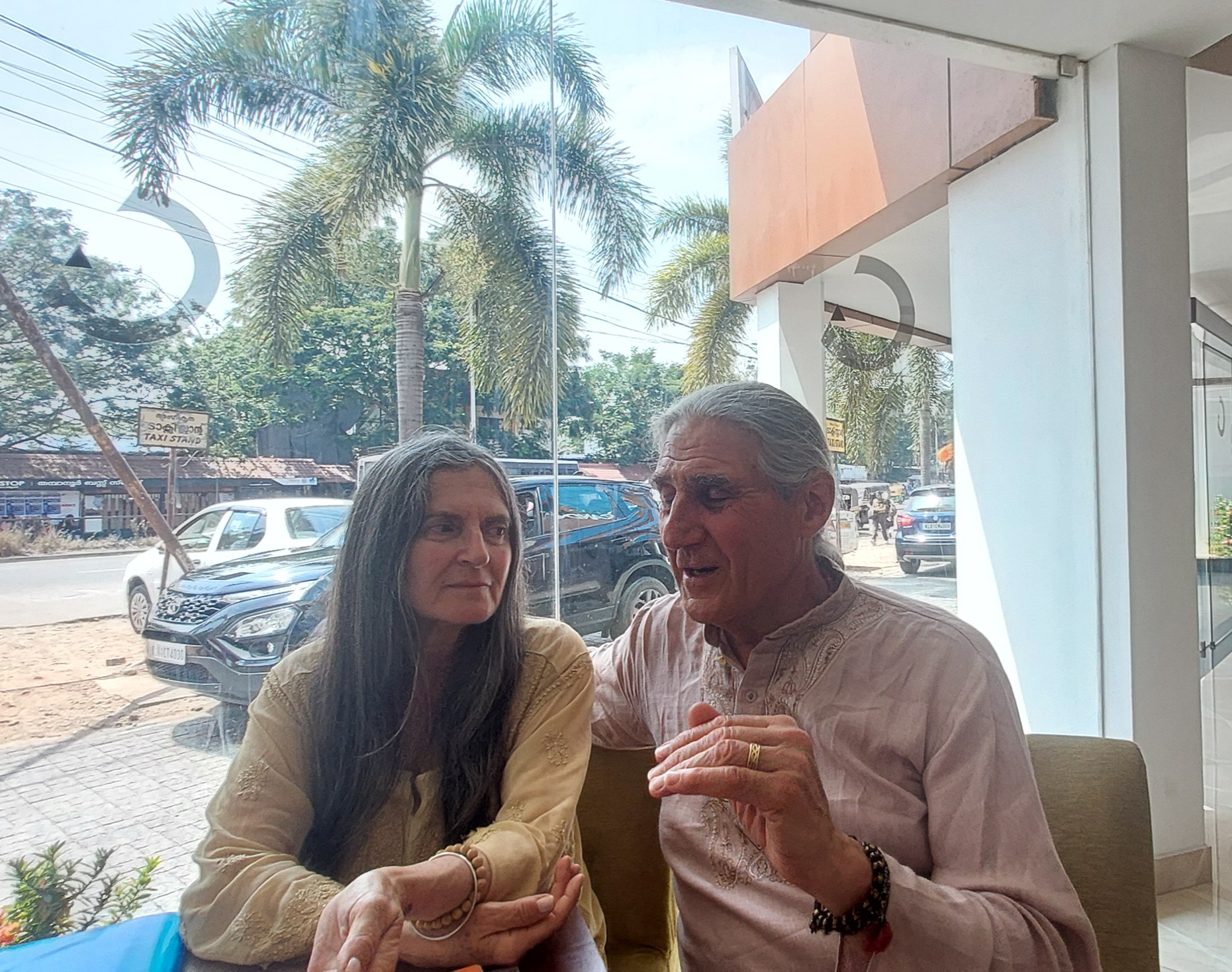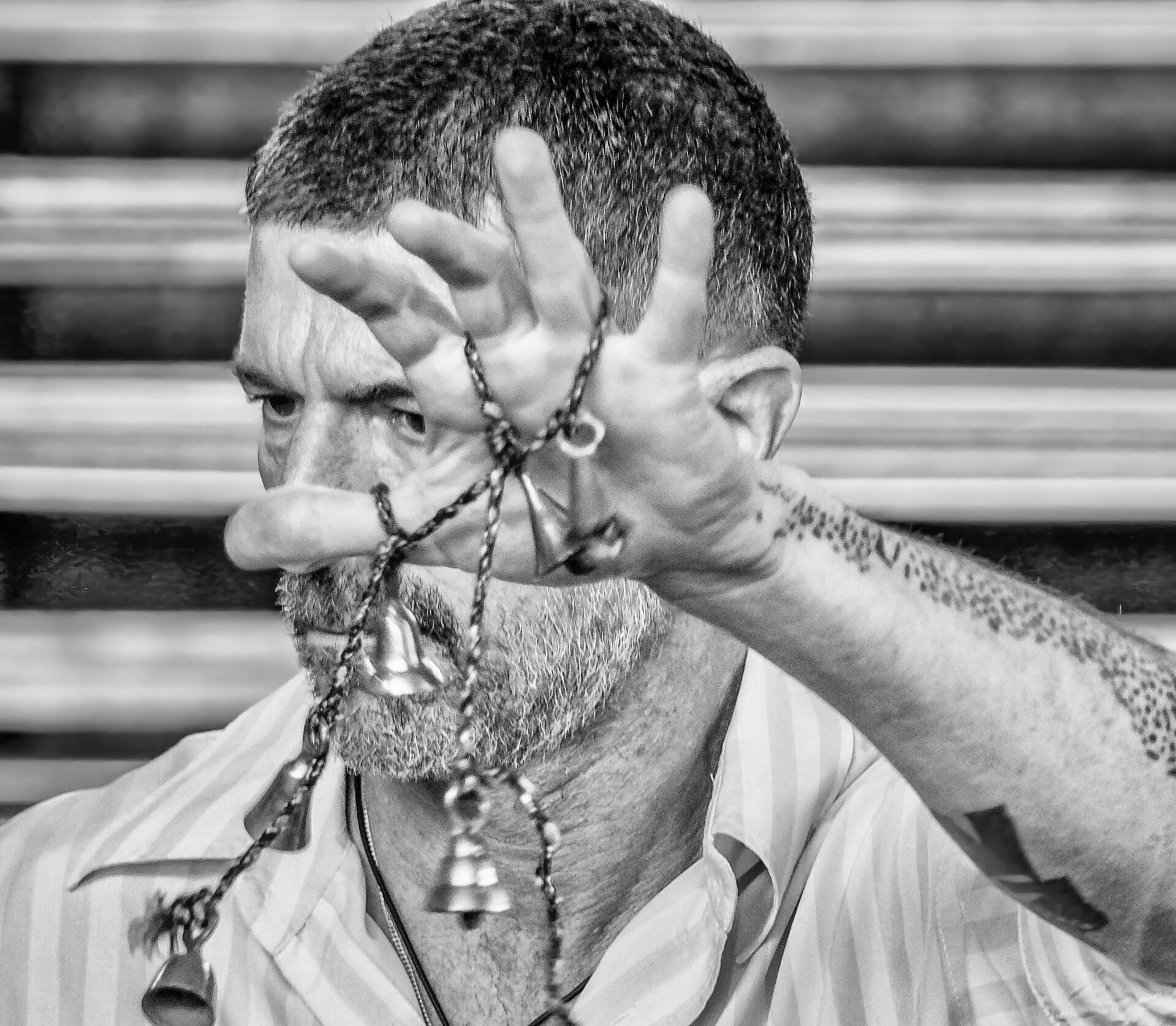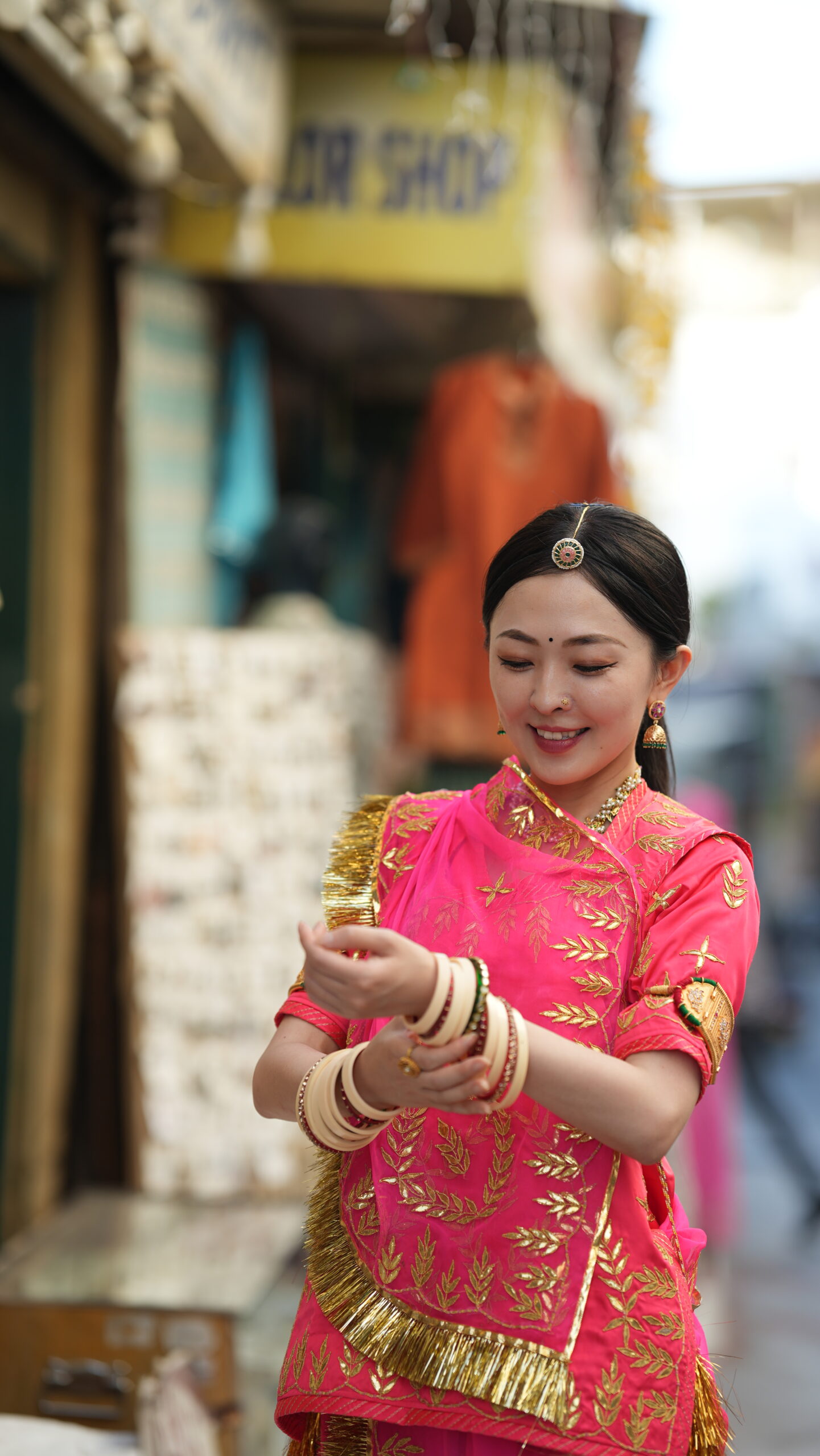Dr. Sarah Jones, MD, a compassionate physician at Asheville Women’s Medical Center, earned her medical degree from the University of North Carolina at Chapel Hill School of Medicine in 2017. Beyond her medical expertise, Dr. Jones carries a deep and enduring love for India - a country that shaped her early post-graduation journey through an internship with Youth For Seva. Her time there, organizing medical clinics in government schools and immersing herself in the culture, left a lasting imprint on both her personal values and her approach to patient care.
What was your first interaction and engagement with India?
After graduating from the University of North Carolina, Chapel Hill, I wanted an experience that would truly help others—without falling into the exploitative patterns that sometimes come with volunteerism. I found an internship with Youth For Seva (YFS), where my role was to organize medical clinics in government schools.
Are there experiences or practices of India that appeal to you as a medical practitioner?
What inspires me most is how traditional and Western medicine can coexist so naturally here. It’s encouraged me to seek evidence-based treatments beyond conventional Western medicine. For instance, I often suggest natural remedies—like turmeric for inflammation—when appropriate. I also carry with me the compassion I’ve witnessed from both patients and providers in India, bringing that spirit back home to my own practice.
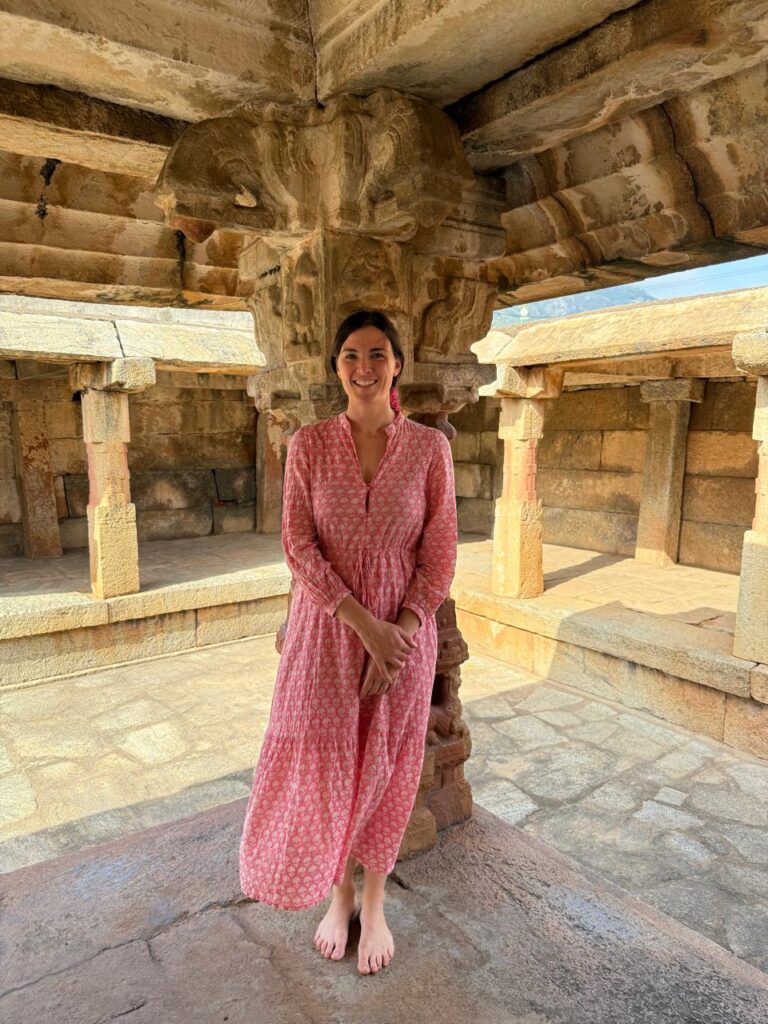 What are some of the places you have visited that you cherish?
What are some of the places you have visited that you cherish?
Every place has shaped me in different ways. I love Bangalore for its perfect blend of tradition and modernity. Spiritually, visiting Spiti Valley on the Indo-Tibetan border and the backwaters of Kerala deeply impacted me—their peaceful, slow-paced life reminds me to slow down myself. In the Himalayas, where we held medical clinics, I was humbled by the resilience of people living in remote areas. These moments remind me that life doesn’t have to be materialistic to be meaningful.
Where do you see shared roots between India and the U.S.?
I grew up in a rural mountain town, so I relate to India’s remote villages in terms of limited access to medical care—though, of course, the challenges in the Himalayas are on a different scale. In both India and the U.S., there’s a constant tension between holding onto tradition and embracing the new, and that’s something I think every society wrestles with.
What draws you most to India—its people, places, or experiences?
The hospitality of people here is incredible; I’ve always felt like I belonged. Then there’s the diversity—every region has its own food, clothing, language, music, and dance. No other country in the world offers that kind of richness.
Have you experienced Indian music and dance? What makes them different from non-Indian forms?
The rhythm and movement are unlike anything I’ve seen before. Back home, I was mostly exposed to ballet, but Indian dance feels so intentional—every gesture seems to have meaning. And Indian popular music is pure joy; sometimes I just dance to it like I’m in a Bollywood movie.

